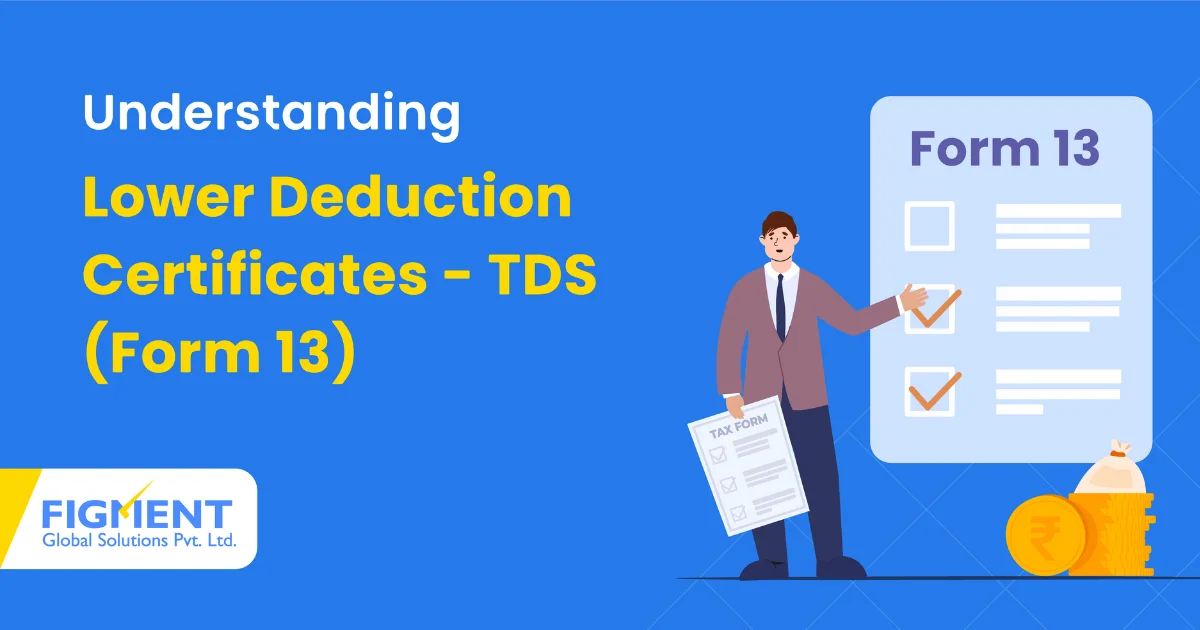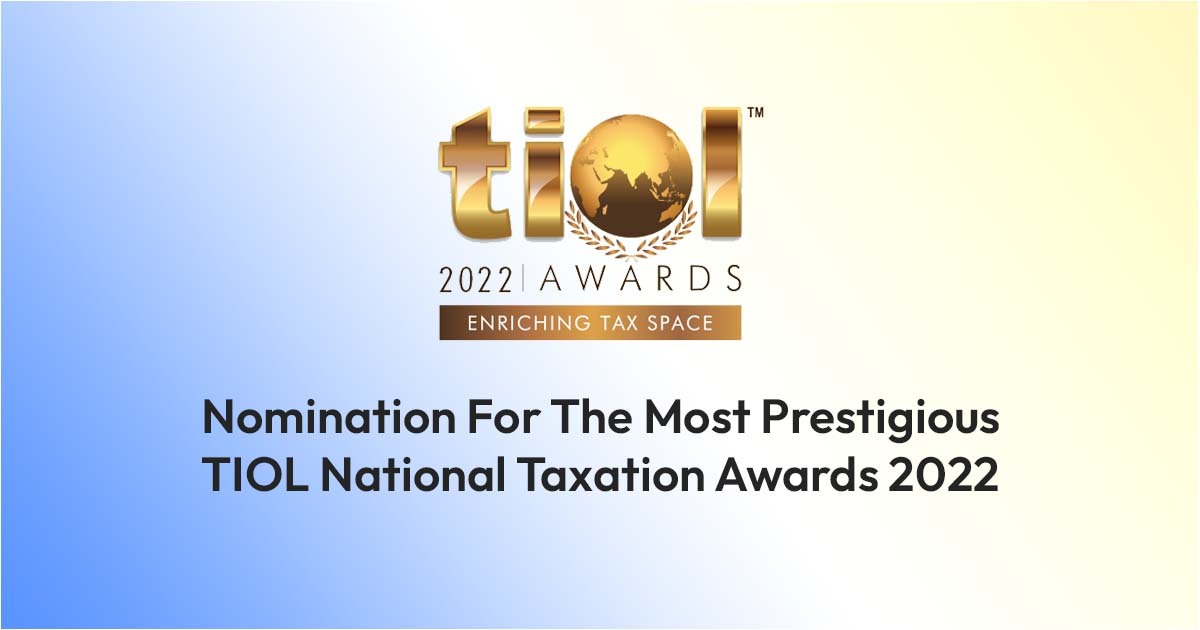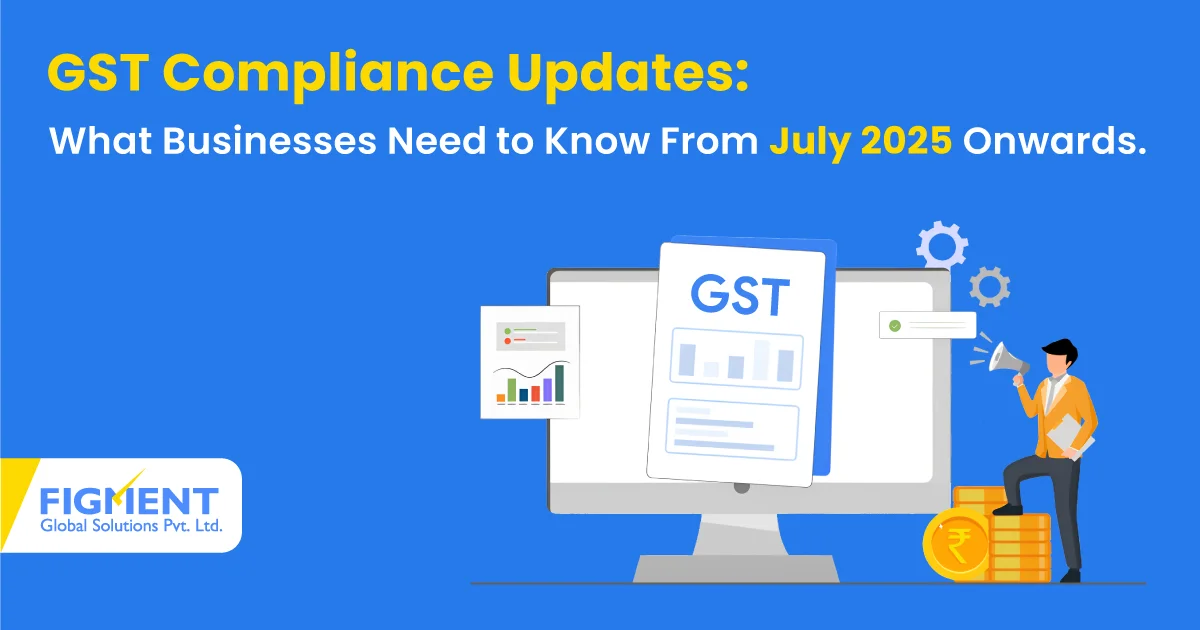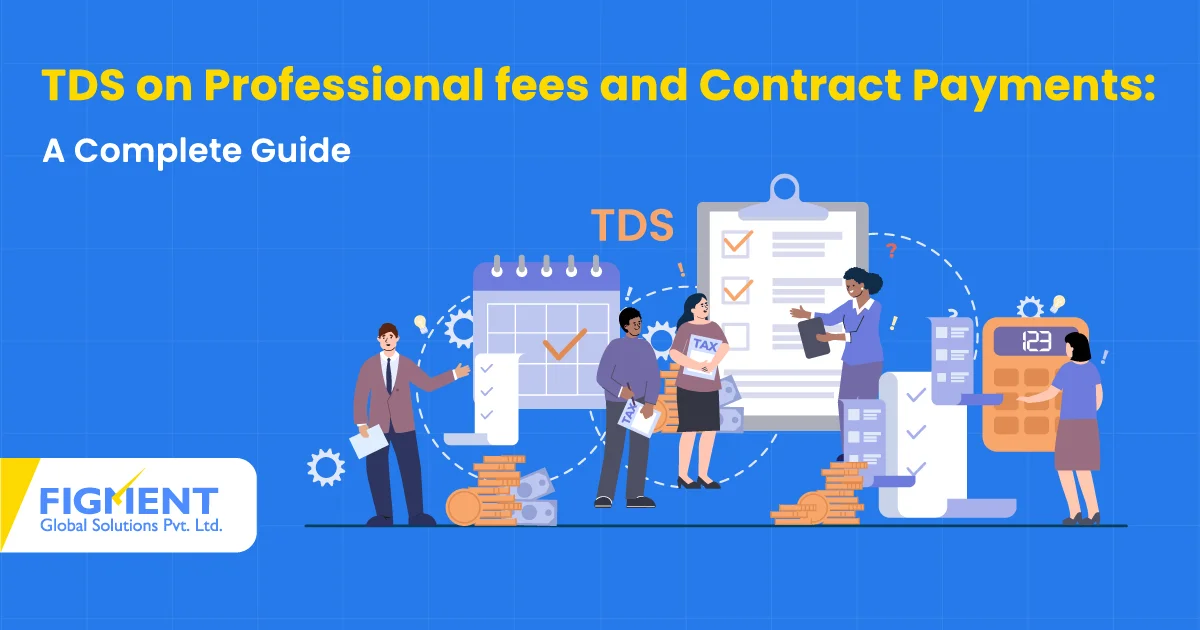Tax Deducted at Source (TDS) is a mechanism in India where tax is collected at the time of payment to ensure compliance and prevent tax evasion. However, in certain cases, taxpayers may be eligible for a lower or nil deduction of TDS, which is facilitated through Form 13.
What is Form 13?
Form 13 is an application that allows taxpayers to request a Nil or Lower Deduction Certificate from the Income Tax Department. This certificate ensures that TDS is deducted at a reduced rate or not deducted at all, depending on the taxpayer’s eligibility.
Who Can Apply for Form 13?
Taxpayers who believe that their total tax liability is lower than the prescribed TDS rate can apply for Form 13. This includes:
- Resident taxpayers covered under Rule 28AB of the Income Tax Rules, 1962.
- Non-resident taxpayers who are subject to TDS under Section 195 of the Income Tax Act.
- Businesses and individuals receiving payments where excessive TDS deduction could lead to financial hardship.
How to Apply for Form 13?
- Login to TRACES Portal: Go to the TRACES portal and log in using your credentials. Navigate on the option to apply for Form 13 for lower or non-deduction of TDS.
- Fill in the Details: Enter all the necessary details, including your income estimates, tax liability calculations, and reasons for requesting lower or no TDS.
- Upload Supporting Documents: Attach relevant documents, such as financial statements, tax returns, and any other supporting evidence.
- Verification Process: The request must be verified using Mobile OTP or Digital Signature Certificate (DSC).
- Approval & Issuance: Once approved, the department issues a Lower TDS Deduction Certificate, which can be shared with the deductor to ensure reduced TDS deduction.
Documents to be Submitted with Form 13
- Signed Form 13
- Copies of return of income along with enclosures and acknowledgement for the previous 3 financial years
- Copies of assessment orders for the previous 3 financial years
- In case of the assessee having business or professional income, copies of financial statements along with audit reports if any for the previous 3 financial years
- Projected profit and loss account for the current financial year
- Computation of income statement for previous 3 financial years and estimated computation for the current financial year
- Copy of PAN card
- Tax Deduction Account Number of all parties responsible for paying you
- E-TDS return acknowledgement for the previous 2 financial years
- Estimated income during financial year
- Any other documents depending on the nature of the income
- TDS default earlier
Key Benefits of Form 13
- Avoids Excessive Tax Deduction: Ensures that taxpayers do not pay more TDS than their actual tax liability.
- Improves Cash Flow: Helps businesses and individuals maintain liquidity by reducing upfront tax deductions.
- Simplifies Tax Compliance: Reduces the need for refunds and simplifies tax filing.
Income Covered Under Section 197
Section 197 application can be made by the recipient of income in case of the following category of receipts where TDS is required to be made under the following Sections:
- Section 192 – Salary income
- Section 193 – Interest on securities
- Section 194 – Dividends
- Section 194A – Interest other than interest on securities
- Section 194C – Contractors income
- Section 194D – Insurance commission
- Section 194G – Commission/remuneration/prize on lottery tickets
- Section 194H – Commission or brokerage
- Section 194-I – Rent
- Section 194K – Income from units
- Section 194J – Fee for Professional or technical services
- Section 194LA – Compensation on acquisition of immovable property
- Section 194LBB – Income in respect of units of investment fund
- Section 194LBC – Income in respect of investment in securitization trust
- Section 194M – Payment of sum by certain individuals or HUFs
- Section 194O – Payment of certain sums by E-commerce operator to E-commerce participants.
- Section 195 – Income of non-residents
Recent Updates in TDS Regulations
The Union Budget 2025 introduced changes to TDS provisions, including increased threshold limits for various sections to ease compliance for taxpayers. These updates aim to simplify tax deductions and reduce unnecessary financial burdens.
Understanding Form 13 and its application process can help taxpayers optimize their tax liabilities and ensure smooth financial transactions. If you need assistance with filing Form 13, consulting a tax expert can be beneficial.







